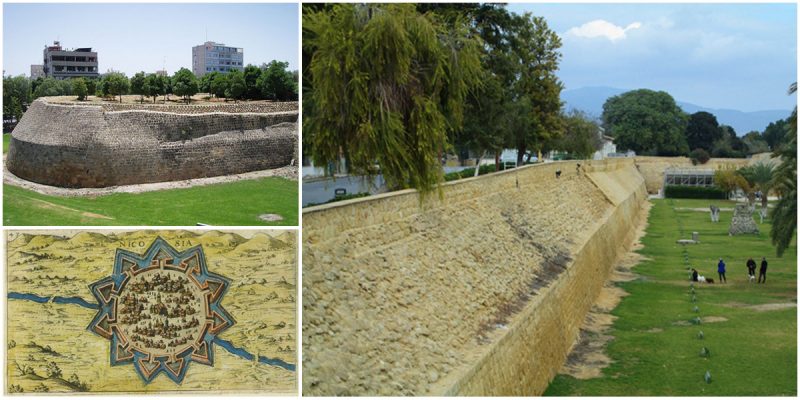The Venetian Walls are a series of defensive walls which surround the capital city of Nicosia in Cyprus, built between 1567 and 1570, in order to protect the inhabitants from imminent Ottoman attack.
Designed by the military engineers Giulio Savorgnano and Francesco Barbaro, the walls are still largely intact and are among the best preserved Renaissance fortifications in the Eastern Mediterranean.
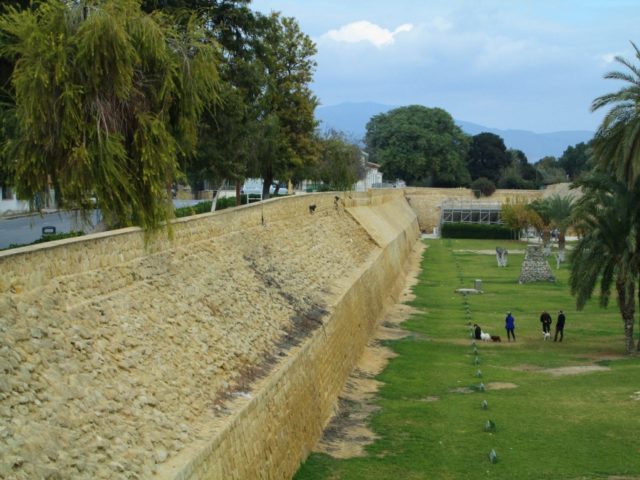
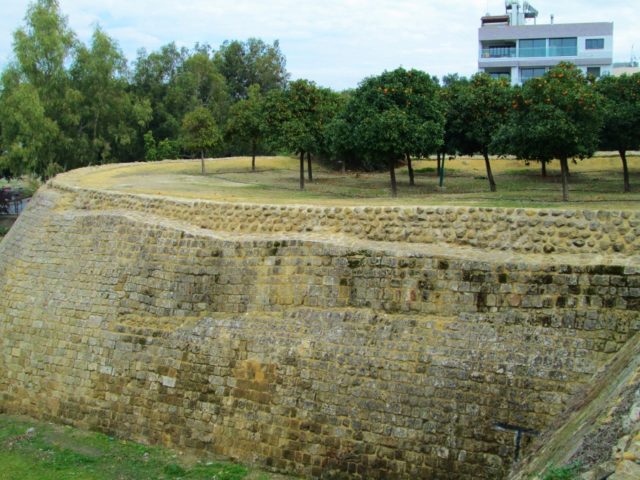

The old-style medieval fortifications, built by the Franks in the sixteenth century, were demolished because they were old and did not offer adequate defense against new weapons such as artillery.
The Venetians also demolished several houses, churches, and palaces within the city as well as buildings lying outside the new walls, both for the acquisition of building materials and for a clearer field of vision for the defense of the city.
Forming a circle, the new walls built of mud bricks by the Venetians were fortified by eleven heart-shaped bastions and protected by a moat about 260 feet wide (80 meters). The bastions are named after Venetian officials and Cypriot nobles who donated funds towards the construction of the walls and the three gates.
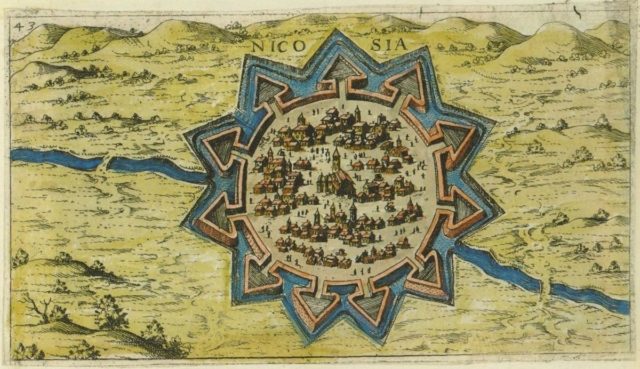
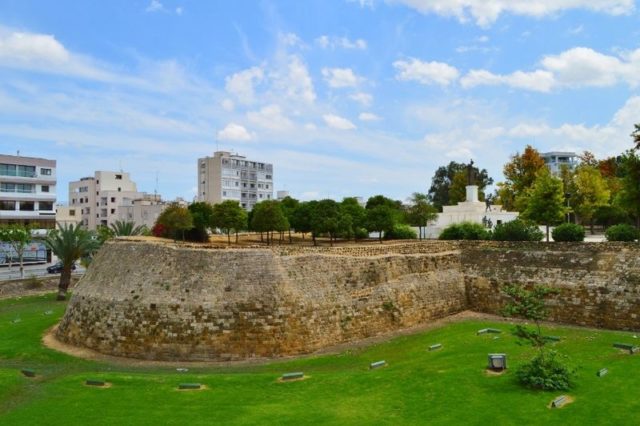
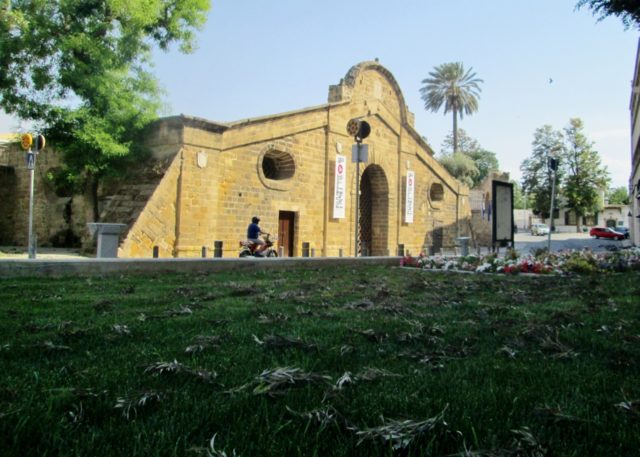
The Fourth Ottoman–Venetian War broke out when the fortifications were still incomplete. A Turkish force of ten thousand invaded Cyprus on July 1, 1570 and began the siege of Nicosia on July 22.
The city held out until September 9, when the Ottomans breached the wall at Podocattaro Bastion. The massacre that followed killed almost twenty thousand inhabitants.


By the early seventeenth century the Ottomans repaired the fortifications but they were “breached or decayed” and the city was unprotected. In the mid-nineteenth century, the city eventually began to experience a revival.
It was still confined within the walls when the British occupied Cyprus in 1878, and an opening was made near Paphos Gate in 1879 to facilitate access to the surrounding area.
Today the walls are in a fairly good condition and the three gates are well preserved, especially the one which connected the city with the eastern part of the island.
